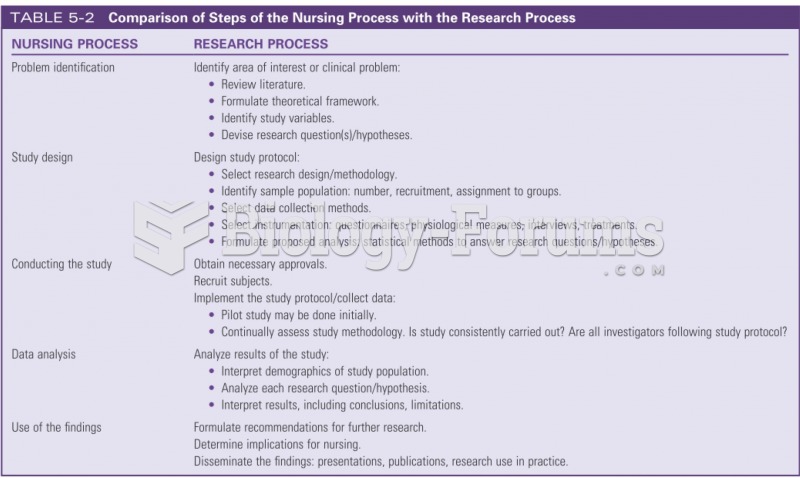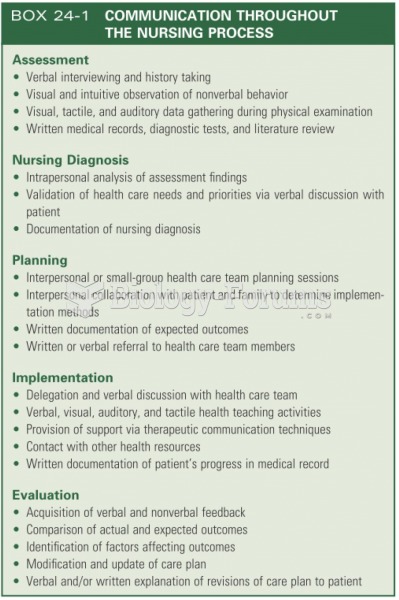Answer to Question 1
The attorney should have the paralegal draft a letter to the client reiterating the advice the attorney has given to the client and its potential benefits and costs. The letter should confirm that, notwithstanding the advice given by the attorney, the client has directed the attorney not to conduct further discovery. The letter should further advise the client that the letter is on its way and that the client will be asked to provide acknowledgement of receipt of the letter. It should be sent via certified mail. The purpose of this letter is to document that advise was given to the client which he or she declined, helps defeat a potential later claim by the client that he or she received inadequate representation to his or her financial detriment. (Paralegal Application 6.1)
Answer to Question 2
Among other activities, the client may be asked to:
a) Photograph the entire contents of the marital residence (house or apartment) with particular attention to any potentially valuable items such as jewelry, antiques, gun collections, and the like.
b) Keep a journal concerning such topics as parenting situations reflecting the particular strengths or weaknesses of each parent, unexplained phone calls and absences from the home, incidents of abuse of any kind, work being performed under the table, etc.
c) Locate and make copies of important documents, such as deeds, titles, registrations, bank account statements, credit card statements, travel materials (such as airline tickets and hotel invoices), employment records, brokerage account statements, state and federal tax returns, mortgage applications, etc.
d) Make copies of relevant electronic documents, such as e-mails and financial records.
e) Make a list of the names, addresses, and telephone numbers of potential lay witnesses for the other party and identify the matters about which they might testify.
f) Make a list of the names, addresses, and telephone numbers of potential friendly lay witnesses and describe the matters about which they might testify.
g) Make a list of the names, addresses, and contact numbers of any professionals, such as physicians, therapists, accountants, financial advisors, and appraisers, consulted by either and/or both of the parties for their benefit or the benefit of their children.







